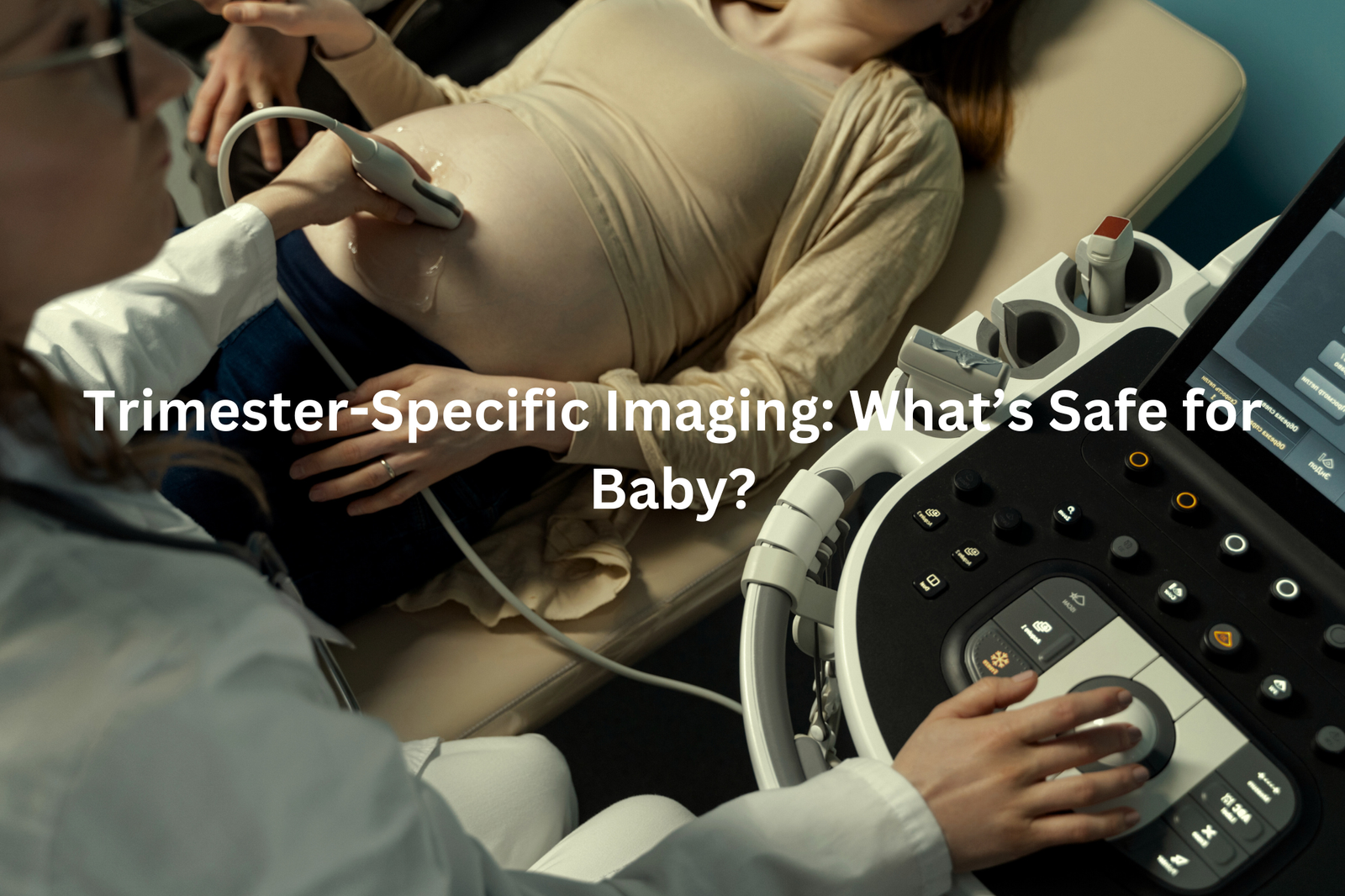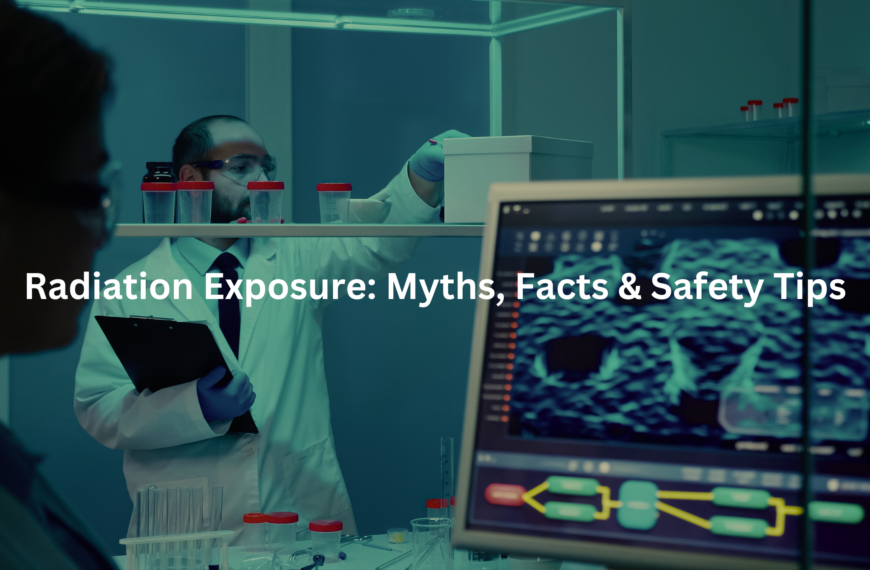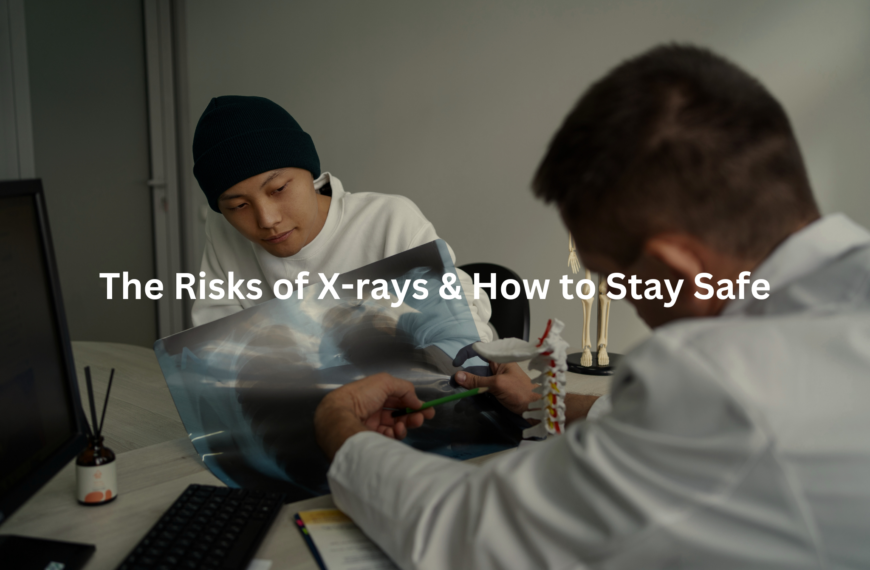Not sure which scans are safe during pregnancy? Learn trimester-specific imaging guidelines to protect you and your baby—MRI, CT, ultrasound, and more.
Medical imaging helps doctors check on mothers and babies during pregnancy. Different types of scans work better at different stages. Ultrasounds (which use sound waves) stay the safest choice throughout pregnancy. During the first 12 weeks, doctors mostly stick to these. MRI scans don’t use radiation, making them a good backup when needed – they create detailed pictures using magnetic fields.
CT scans get used only in emergencies due to radiation exposure. Expecting mothers should discuss any concerns with their healthcare team. Each pregnancy needs its own care plan based on medical needs. Doctors can explain which scans might be necessary and when. Keeping you and your baby safe is what matters most. Keep reading to learn more!
Key Takeaway
- Ultrasound and MRI are usually safe for use during pregnancy.
- CT scans should be avoided unless there’s no other choice.
- Always consult with your healthcare provider about imaging options.
First Trimester: Early Excitement and Safety
Early pregnancy tests start between weeks 9 and 13. The mother’s body changes fast, even when she doesn’t look pregnant yet.
Blood tests check for common issues. A simple blood draw (usually 1-2 vials) screens for genetic conditions. Doctors measure things like blood pressure and iron levels too.
The ultrasound scan happens around weeks 11-13(1). It checks the nuchal translucency, a fluid layer behind the baby’s neck. Normal measurements should be under 3mm.
Different types of scans:
- Standard ultrasound: Safe, no radiation
- Doppler ultrasound: Limited to 5-10 minutes, TI below 1.0
These scans look at the baby’s:
- Head size
- Chest development
- Limb growth
- Heart activity
Medical guidelines suggest keeping scan times short. Extra scans might be needed for closer looks at specific areas, but doctors must balance getting good images with minimising exposure time. Best practice means quick, focused scans that get the needed information without extra time.
Second Trimester: Growing and Learning
The second trimester brings distinct changes to pregnancy. Morning sickness often fades as the belly grows, and fetal movement becomes noticeable through kicks and stretches.
Medical screening intensifies during weeks 14-20. Blood tests check for neural tube defects and chromosomal conditions, while a detailed ultrasound scan between weeks 18-22 examines the baby’s organs and placenta position.
Standard ultrasound remains the primary imaging tool, offering safety and clarity without radiation. In rare cases where additional imaging becomes necessary (such as suspected blood clots), doctors might consider:
- CT scans: Limited use due to ionising radiation (0.01-0.66 mGy fetal exposure)
- MRI: Safe after first trimester, ideal for soft tissue examination
- Doppler ultrasound: Useful for blood flow checks (limited to 10-minute sessions)
Parents should discuss imaging options with their healthcare provider, considering the necessity and safety of each procedure. Most pregnancy monitoring needs are met through standard ultrasound technology.
Third Trimester: Preparing for Arrival

The third trimester brings distinct changes to pregnancy monitoring. At 35-37 weeks, medical checks become more focused and frequent.
Key medical screenings include:
- Group B Strep testing (vaginal/rectal swab)
- Growth scans for position checks
- Fluid level measurements
- Placental assessments
Ultrasound imaging gets trickier during this stage, with reduced amniotic fluid (typically 800-1000ml) making clear views harder to obtain. MRI scans might be needed for specific concerns, though they’re not routine practice in Australian hospitals.
Medical imaging options need careful consideration. While MRI doesn’t use radiation, some contrast agents (like gadolinium) can cross the placenta. Research suggests these agents might affect foetal thyroid function, so doctors use them only when absolutely necessary.
Parents should discuss with their healthcare provider about:
- The purpose of each scan
- Alternative testing methods
- Expected outcomes
- Potential risks and benefits
Each test during these final weeks serves a specific medical purpose, focusing on safe delivery preparation.
Important Imaging Modalities: What to Know
Sources: Radiology Education By Joseph W. owen, MD.
Medical imaging during pregnancy requires careful thought(2). Three main types help doctors check both mum and bub:
Ultrasound scans use sound waves (no radiation) to show the baby’s growth, movements, and heartbeat. Most pregnant women get two or three of these – one for dating, another at 20 weeks for anatomy checks, and sometimes a final look in late pregnancy.
MRI scans create detailed pictures without radiation, perfect for seeing the placenta or baby’s brain when ultrasound isn’t clear enough. While safe, doctors think twice about using contrast dyes since they can cross into the amniotic fluid.
CT scans (using X-rays) come last on the list. They’re rare in pregnancy but might be needed for urgent problems like blood clots or appendicitis. Doctors adjust the radiation dose to protect bub.
Each scan serves a purpose. Doctors pick the right type based on what they need to see and when they need to see it.
Risks and Safety: Avoiding Problems
Medical scans during pregnancy need careful thought. Doctors use specific rules to keep both mum and baby safe.
Most pregnant women get ultrasounds – they’re safe and don’t use radiation(3). MRI scans are another safe choice that doctors often pick. But sometimes, other scans might be needed.
The basic rule is ALARA – using the lowest amount of radiation possible. A regular X-ray gives about 0.001 Gy of radiation (that’s the measurement doctors use). CT scans give more, about 0.01-0.05 Gy. These numbers matter because doctors want to keep radiation exposure low.
Every baby starts with a 3% chance of having some health issues – that’s just how nature works. So doctors think hard before adding any extra risks.
Questions worth asking about scans:
- Could we use a different test?
- How will this help treatment?
- What’s the radiation amount?
Smart choices mean safer care for mum and baby.
Practical Advice for Expecting Parents

Medical scans during pregnancy need careful thought. Each type serves different needs, with varying levels of safety for mum and bub.
Ultrasound scans stand out as the safest choice, using sound waves to create pictures of the growing baby. MRI scans, which work with magnetic fields, offer another safe option when more detailed images are needed (these don’t use any radiation at all).
CT scans and X-rays use radiation, so doctors save these for urgent situations like suspected appendicitis or serious injuries. The radiation dose stays low, measured in millisieverts, and special shields protect the baby.
Before any scan, patients should ask:
- Is this scan necessary for treatment?
- What type of scan is it?
- How will it help guide care?
- Are there other options?
Most prenatal scans prove safe and helpful, but asking questions helps everyone make better choices. Doctors expect and welcome these discussions about scan safety.
FAQ
What are the radiation risks associated with CT scans during pregnancy?
CT scans involve radiation exposure, which can pose potential risks to fetal development. Low-dose CT protocols are recommended to minimise fetal radiation risks. According to BEIR VII guidelines, healthcare providers carefully assess the necessity of imaging, considering the gestational age and specific medical conditions. The risk of fetal exposure varies based on body parts scanned, with CT abdomen and CT pulmonary requiring extra caution. Minimal-risk procedures prioritise patient safety while ensuring accurate diagnostic information.
How safe are MRI scans during different trimesters?
MRI safety during pregnancy depends on multiple factors like gestational age and specific body parts being examined. Most human studies suggest MRI exposure presents minimal risk when performed with proper protocols. Soft tissue imaging and duplex Doppler techniques can provide valuable diagnostic information without ionising radiation. Healthcare providers carefully evaluate MRI safety, considering potential tissue heating and acoustic damage risks. Patient consent forms typically outline these considerations comprehensively.
What precautions are taken for pregnant women needing emergency imaging?
Emergency care requires balanced approaches to diagnostic imaging. Renal colic, pelvic pain, and other urgent conditions might necessitate CT or MRI scans. Low-risk protocols prioritise fetal protection while addressing maternal health needs. Physicians assess potential risks, including fetal thyroid and genetic damage considerations. Australian medical guidelines recommend minimising radiation exposure, using low-dose techniques, and considering alternative imaging methods when possible.
How do radiation levels impact fetal development?
Radiation exposure during pregnancy involves complex risk assessments. Baseline and relative risk calculations help healthcare providers make informed decisions. Low levels of radiation may have minimal impact, but high-dose scenarios require careful evaluation. Factors like gestational age, absorbed dose, and body parts scanned influence potential fetal risks. Obstetric guidelines recommend avoiding unnecessary imaging and using the lowest possible radiation threshold.
What considerations exist for breastfeeding and imaging procedures?
Breastfeeding mothers require special imaging considerations. Contrast media and oral contrast agents may affect breast milk composition temporarily. Healthcare providers evaluate potential risks associated with CT and MRI procedures. Heart rate monitoring and careful assessment of contrast agent impacts help ensure patient and infant safety. Consent forms typically provide detailed information about potential short-term and long-term effects.
Conclusion
Medical imaging during pregnancy demands careful planning (specific to each three-month period). Ultrasounds and MRIs present safer choices for expectant mothers, while CT scans need strict medical reasons for use.
Doctors can guide patients through these options based on their specific needs. A mother’s knowledge about imaging helps create better discussions with medical staff. Smart choices in medical imaging protect both mother and developing baby throughout the pregnancy journey.
References
- https://xray.com.au/early-weeks-pregnancy-ultrasound-show/
- https://www.betterhealth.vic.gov.au/health/servicesandsupport/pregnancy-tests-and-scans
- https://ris.com.au/how-safe-are-x-rays-during-pregnancy/




